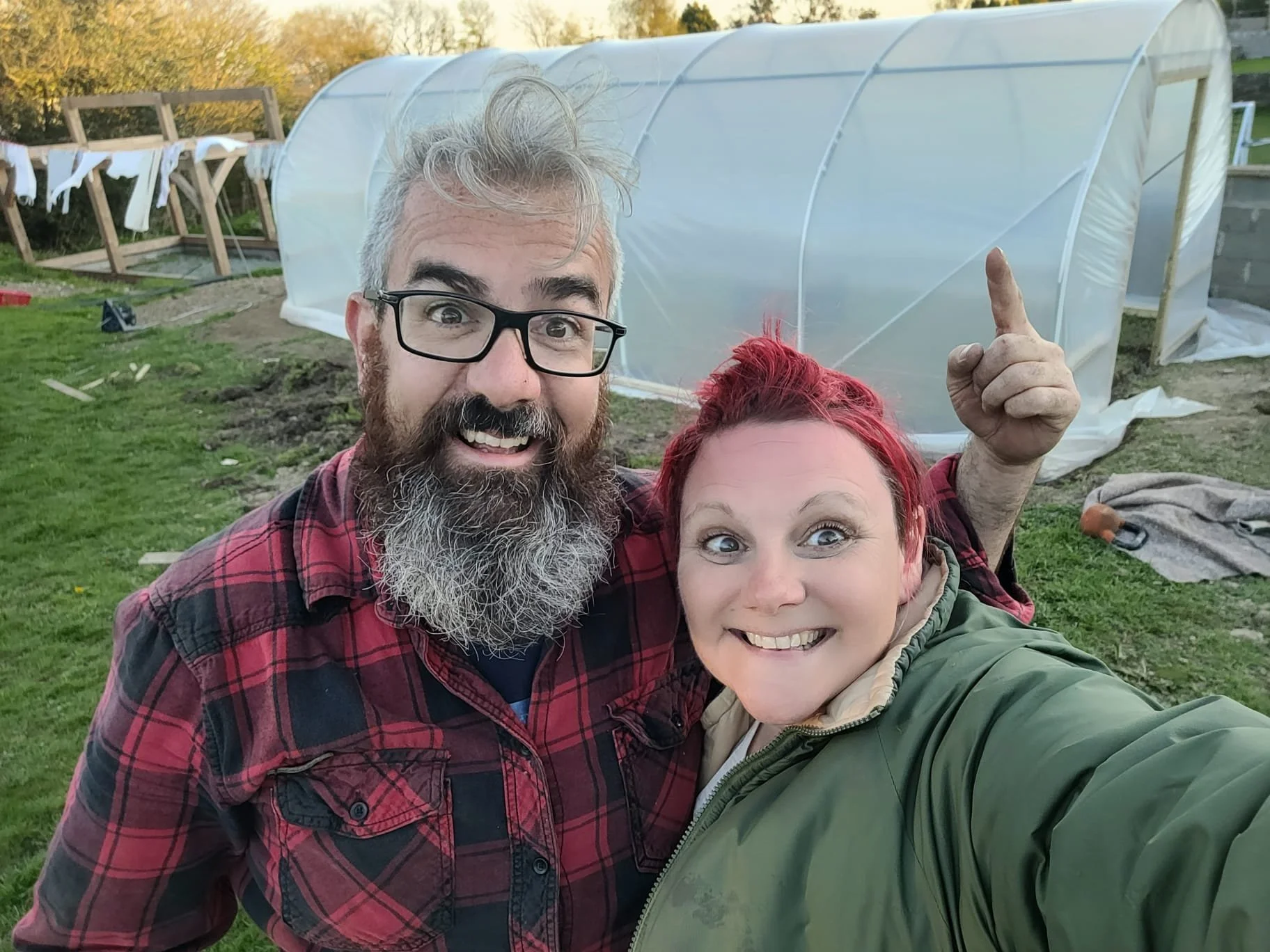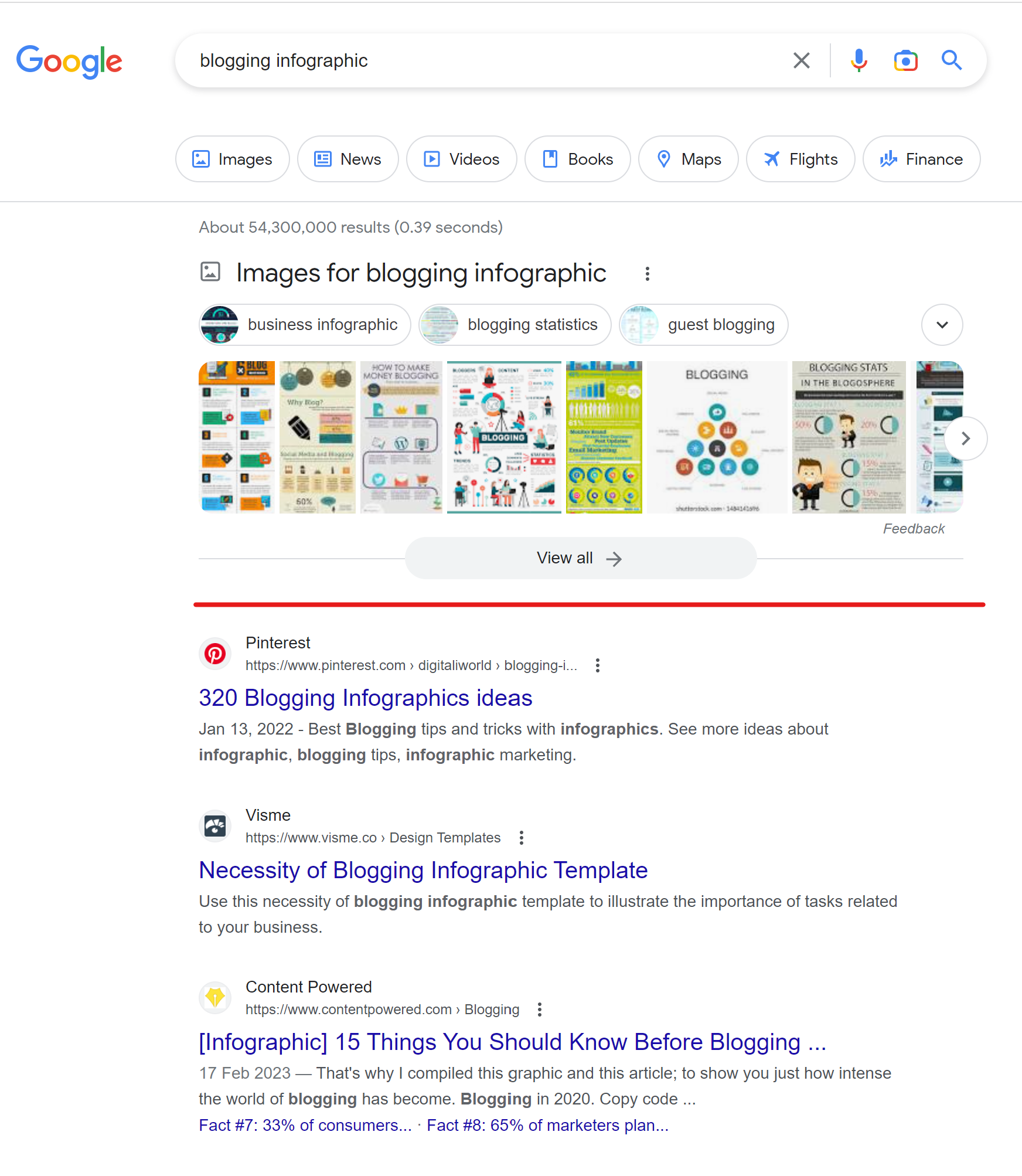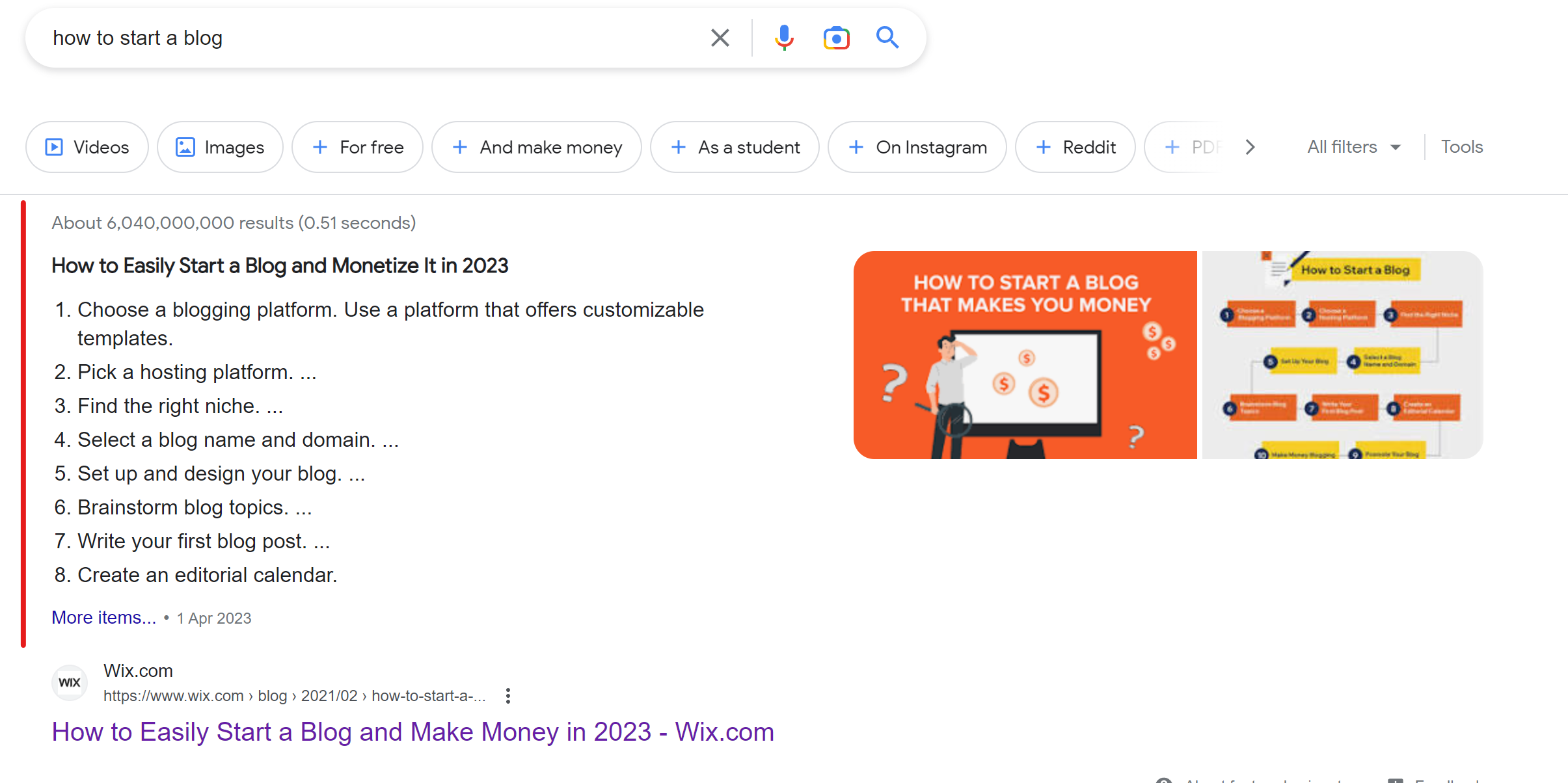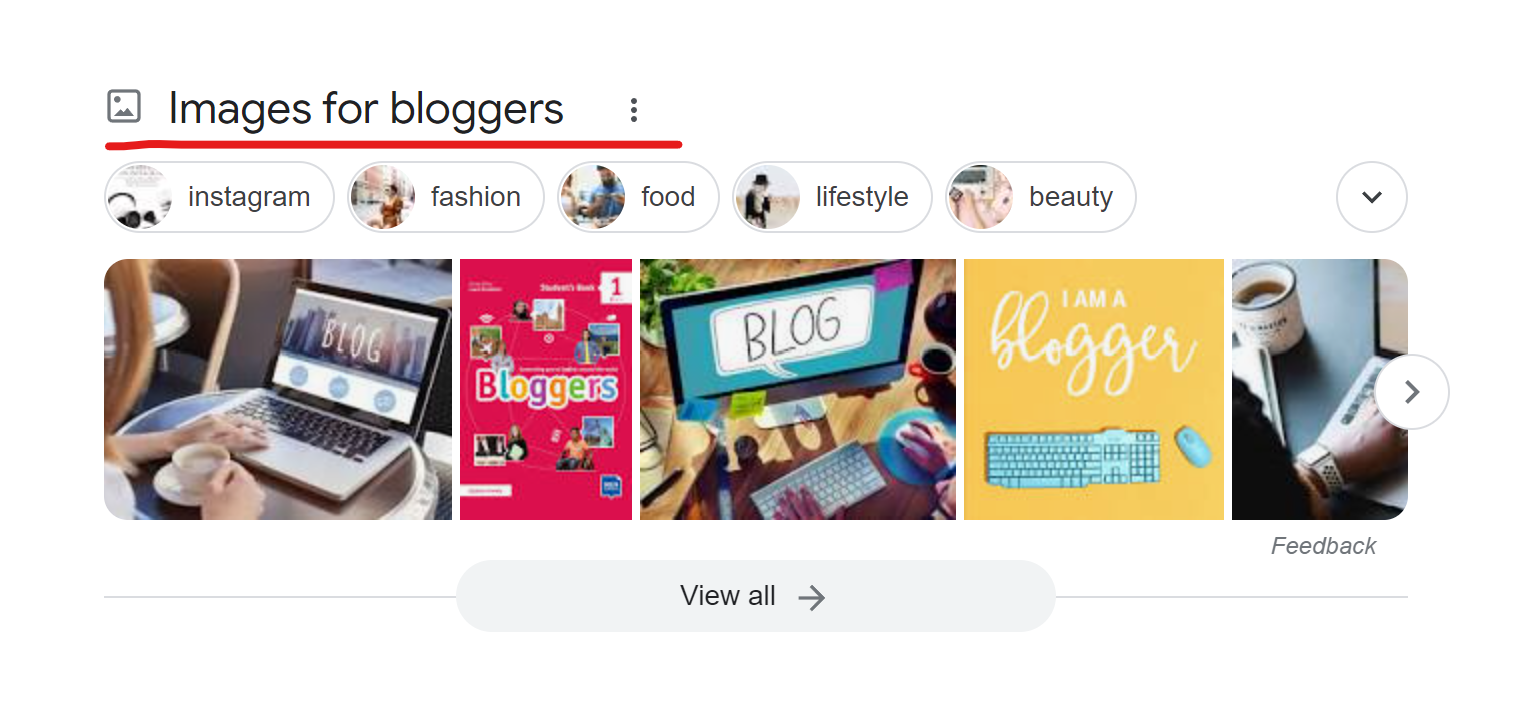How to write a blog people want to read
In this blog, I show you how you can use Google to find blog post ideas - not just blog post ideas but topics based on what people are actually searching for and actually want to read about!
The lowdown:
No expensive SEO tools are required; I am talking about stuff that is staring you right in the face, free through Google Searching.
Once you know how, it’s easy. I want to arm you with the best tips and tricks so you can write blogs on topics people actually want to read about. No more guesswork!
How to start a blog the right way
You’ve just poured your heart and soul into writing a blog. It’s taken you hours of writing, rewriting & tweaking. You’ve added some nice photos (possibly with your husband in a wig and copious amounts of lipstick) now everything’s perfect, so you hit the publish button and wait…
A few days pass, but nothing much happens. You wait a few weeks, but there is still not much traffic. Someone told you blogs were great for your website! What’s going on?
You may go back to your blog, tweak it some more, and double check that you have everything covered from a blog checklist you found online:
It says you need:
✔️ a catchy, punchy headline to lure people in
✔️ a few sentences summing up what you’re going to be talking about
✔️ you’re passionate and knowledgeable about your blog topic
✔️ you have added some SEO keywords that relate
✔️ interesting headlines, sub-headlines and added some good photos
✔️ a nice conclusion rounding everything up
✔️ added an inviting ‘Call to Action’ at the bottom: “Download my free pdf”, “Book a call”
You’re happy you have everything ticked off, so why the tumbleweeds? Firstly, the list above is a great place to start, but there is a little bit more to it. READ ON! 👉
Blogging Tips
❌ Most new bloggers write blogs for themselves, not for their audience.
It’s great to write about what you are passionate about and knowledgeable about, but you have to find an aspect of that passion that your audience wants to read about.
Is there a problem your audience (as beginners) has that you (as an expert) can solve?
Share what you know that can help others.
✔️ Solve a problem: Your audience’s problem
To give this some context, I am a wannabe ‘Good Life’ vegetable gardener. If I wrote a whole blog about the time-consuming and back-breaking week my husband and I spent building our 25-foot polytunnel, I am not sure many people would read it, but if I wrote a blog titled …”My Top 10 Tips for Building a Polytunnel Successfully in One Week”, highlighting all the things we would do differently, what we learned with tips to shortcut the process, that might get more readership. People would find value in that!
My readers' honestly don’t care about us fighting with the polytunnel cover in 20mph winds, but if I share the benefits of what we learned (i.e., pick a calm, warm day to put the polytunnel cover on, or it’s like wrestling an octopus in a washing machine!), then you are adding value to your blog, you can make someone else’s life easier or better from your own experiences.
To put it simply, to get good traffic to your blog, don’t write about what you want to write about, write about what your audience wants to read about. You need to solve a problem-your audience’s problem.
Free octopus to wrestle with every polytunnel
Think about how you use the internet. You ask Google questions, you want to find out information that helps you solve a problem.
My searches in the weeks prior to our polytunnel build were;
Where should I put a polytunnel in relation to the sun?
How long does it take to build a polytunnel?
Tips on how to build a polytunnel
What vegetables should I start growing in a polytunnel in May?
How to wrestle an octopus in a washing machine? 🐙 (just kidding)
How do you find out what people are actually searching for?
Over the next couple of blogs, I am going to show you a range of free and budget-friendly tools to help you find content ideas for your blogs based on what people are searching for.
How do you find blog post ideas with Google for free
Starting with my favourite Google, the secret resource hidden in plain sight.
“Given that most people find blog posts through search engines, you will get far more traffic to your blog if you write about a topic that is regularly searched for.”
Google’s own Search Engine Results Pages (or “SERPS” if you are feeling particularly geeky)
How you personally search for content to help you solve your own problems is also a great place to reverse engineer what other people are searching for.
How? When I show you what’s hidden in plain sight on Google’s own results pages, it will all make sense. When I discovered this, I was a bit blown away that I hadn’t noticed it before!
Want to see a video walking you through how to use Google to brainstorm blog ideas?
Blogging ideas for beginners - Using Google (Video: 20 min.) 🎬👇👇👇
For those who like to read, here’s whats covered in the video:
Google’s auto-complete ( Called ‘Google Instants’ )
Google’s auto-complete feature is based on actual search data. This means that if Google predicts a specific search query from a broader topic, it is likely that the predicted query has enough search volume to warrant writing a post about it.
Fig 1. High-level topic search: ‘blogging’
To find topics to write about that have a sufficient amount of search volume, try to brainstorm a broad top level topic or a list of questions around your blog topic, type them into Google’s search bar and look at what the search engine predicts your search to be. Nifty eh?
High level topic search + space + a, b, c
Not every suggestion Google’s auto-complete feature gives you will be a viable post, but by brainstorming a group of broad keywords within your chosen topic, and combining these with various letters (or other qualifiers), you should come up with a long list of well-qualified titles.
Fig 3. High level topic search: ‘blogging + b ”
Ask topical questions
Topical questions are the most general questions that someone could ask an expert on a particular topic. The best way to come up with these is to imagine someone who is completely unfamiliar with what you do or are writing about, and think about the first questions they would ask about your topic or profession.
Fig 4. Topical question search: ‘how to start a blog’
The anatomy of a Google Search Engine Results Pages (SERPS) and how it can help you:
Check out the search volume for that topic.
What’s first? Are sets of text, images, videos, products, or company details listed first?
Featured Snippet Sometimes a numbered list. AKA a ‘Listicle’
More to Ask/People Also Asked Related content that has also been searched for
Image section Where the context makes sense to show a set of images
Related Searches More related content right at the bottom of SERPS
Let’s go into more detail about each one:
Search Volume:
Fig 5. Search volume results show how popular a search term is
This will give you an understanding of how many people are searching for that term, question, or keyword. High level topics like the single keyword ‘blogging’ are going to elicit a huge search volume, but also be very competitive. Remember, if you see lots of sponsored lists at the top and bottom of your results page (two to three sponsored listings top and bottom), it is more likely to be highly competitive and harder to rank well for.
What’s first?:
Taking a look at what media format comes first in the results pages will give you a clue as to what is popular. If there is a set of videos at the top of the results page, then it makes sense that searchers are looking for videos related to that topic. The same goes for images, products—keep like for like and provide similar to what is popular.
Fig 5. Searching “blogging infographic” brought up image searches first. It makes sense to create an image (the same media type as posted first) when using this search term in your blog.
Featured Snippet:
In my research these tend to be ‘listicles’ or list items so providing a numbered or bulleted list in the top half of your blog will give you a better chance of becoming a featured snippet.
Fig 6. A “Featured Snippet” often contains a numbered or bulleted list, AKA a “Listicle.”
‘More to Ask’ or ‘People Also Asked’:
“More to Ask” can sometimes be listed as “People also Asked” which, in all honesty, makes more sense to me. But it’s a list of questions related to your topic that searchers are also searching for, so again, take note of what is written here and add relevant questions to your spreadsheet as ideas for subheadings and topics to cover in your blog. The more you expand this accordion list of questions, more will appear, so pick the best and top listed ones that relate to your blog discussion topic.
Fig 7. “More to ask” or sometimes “People also asked”, gives you some great ideas for subheadings and other comprehensive or related content. Keep a note of the top offerings to add to your blog ideas spreadsheet.
Image section:
Sometimes search results have a list of images in the middle related to your topic or question. Never underestimate the power of a good infographic or image search related to illustrations, photos. I use image-based searches a lot in Google, and I will do a whole other blog on the power of Pinterest to bring in traffic. I am foreseeing that with AI imagery, image based search is only going to get more priority with Google, so remember to name your images well, use keywords, and use alt text and descriptions (or image captions) where you can. Image naming is an SEO aspect that so many people overlook!
Use Canva to create great infographics or enhance your blog with text and imagery.
Important: Do not steal images from Google Image Search for use on your blog. They will be subject to copyright.
Use legitimate free stock photography sites like Pexels, Pixabay and always credit the photographer, or have a paid subscription to something like iStock, Adobe Stock, Shutterstock, or even Canva Pro. Subscription stock photo sites can be cost-effective in the long run.
Fig 8. Naming your images, adding alternative text (alt text), descriptions, or captions is so important for your blog but can also help you come up with Canva graphics or ideas for images to enhance your blog.
Related Searches:
This is right at the bottom of the search results pages and often gets forgotten about. Another gem for information and ideas of related content people are searching for This area is great as it not only covers topical keywords and key phrases but questions too - the whole kit and caboodle!
Fig 9.
Google Trends
Another free Google resource is Google trends, you can insert a topic and it will tell you how that topic is trending (i.e., what people are interested in or searching for). Plus, it gives you some related topics from which you can get some good ideas. I have added this to the bottom as I don’t personally find it as useful as Google SERPS pages, but if you want to find the latest trending topics, there is a Trending Now tab, which could be useful if you want to discuss topical events (or your blog about football, so it seems!)
Fig 10.
Other free resources and ways to generate ideas for your blog
Research your own audience's or clients’ pain points.
This suggestion involves going out to different platforms to get insights and intel in your own community instead of using Google to help.
I will always suggest that you need to create relevant content (and be perceived as an authority). So don’t ignore what your own clients and community are asking for.
The best way to do this is to get into the hearts and minds of your own audience. Here’s where you can get that information:
Social Media Comments/ Blogs comments
Facebook groups are especially useful (ask questions in your community groups or write down questions and pain points other people post about or comment on.
Or create a poll)Niche forums (Quora and Reddit)
Amazon book reviews (pay special attention to the negative reviews; I love Amazon Boo Reviews for some intelligence and data for start-ups).
Twitter search
YouTube or Pinterest search
Your own research can be done by talking to your community or interviewing ideal clients or previous clients. I have been both the interviewer and interviewee for market research, and the insight you can get from 1-2-1 interviews is pure gold.
Think about what questions your prospects are asking. What objections do they have? (i.e., is it lack of time, money, or too much overwhelm?) What do they need help with?
Take down these ideas. word for word; use their own language in your blog content ( so you are speaking directly to your ideal client, matching their words, and using your ideal client’s language back at them, which will only help to connect and engage with them).
The goal at this point is to generate a body of research, information, and ideas that can be used across all your marketing.
In conclusion
We have covered:
How you can use the Google Search Bar and its “Auto Complete” features to get a list of related (and high-volume) search topics thanks to Google’s efficiency to speed up the search process, giving you related blog post ideas and research that you can store on a spreadsheet to help plan future blog post topics.
How you can use your search term plus the letters of the alphabet to enhance auto-suggest in your favour and give you more related search terms
How you can use the anatomy of Google’s own Search Engine Results Pages (SERPS) with its features to help you ascertain the media people are expecting related to their searches, related content (both keywords, phrases, and questions), and other related questions that can help form the structure and headings of your blog posts
Other resources that can help include “Google Trends” and asking questions in your own community and among social media audiences. Picking up on questions they ask and problems they have that you can solve in blog posts
Blog No: #2
Words: 2,509
Time taken: About 4 hours ( lots of screenshotting!)
Blog writing difficulty rating: 8.5/10
Blog Traffic: 0










